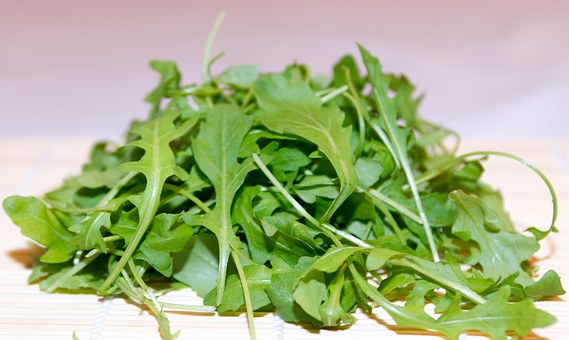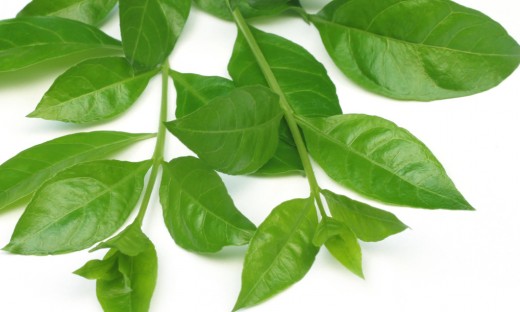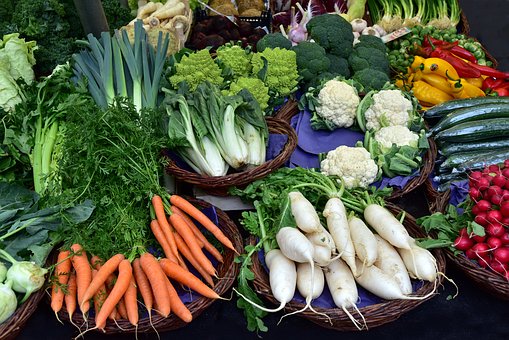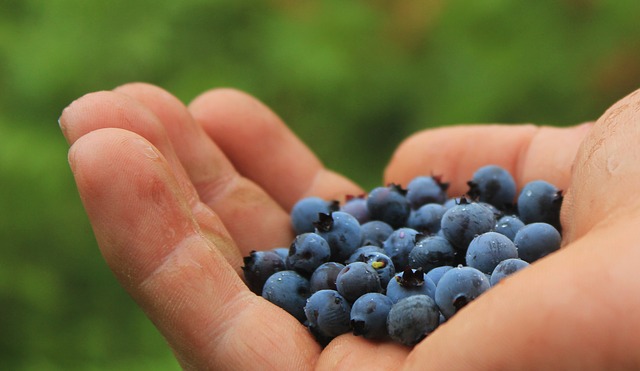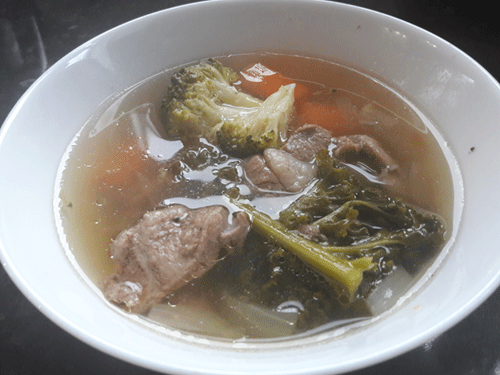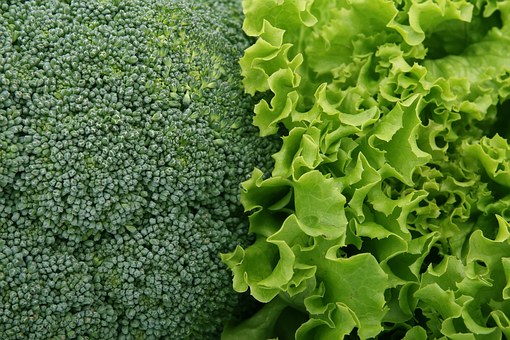Application of RAPD for Molecular Characterization of Plant Species of Medicinal Value From an Arid Environment
© Authored by PubMed
© HealthyMuslim. See Terms and Conditions
Copy Link
Email
Print

Ashwagandha is an exotic Indian herb which has remarkable stress-relieving properties. In addition to its excellent protective effects on the nervous system, ashwaganDHA may be a promising alternative treatment for a variety of degenerative diseases such as Alzheimer's and Parkinson's. AshwaganDHA has powerful antioxidant properties that seek and destroy the free radicals that have been implicated in aging and numerous disease states. Even more remarkable, emerging evidence suggests that ashwaganDHA has anti-cancer benefits as well.
Arif IA, Bakir MA, Khan HA, Al Farhan AH, Al Homaidan AA, Bahkali AH, Al Sadoon M, Shobrak M. Application of RAPD for molecular characterization of plant species of medicinal value from an arid environment. 1. Genet Mol Res. 2010 Nov 9;9(4):2191-8.
Arif IA, Bakir MA, Khan HA, Al Farhan AH, Al Homaidan AA, Bahkali AH, Al Sadoon M, Shobrak M. Application of RAPD for molecular characterization of plant species of medicinal value from an arid environment. 1. Genet Mol Res. 2010 Nov 9;9(4):2191-8.
The use of highly discriminatory methods for the identification and characterization of genotypes is essential for plant protection and appropriate use. We utilized the RAPD method for the genetic fingerprinting of 11 plant species of desert origin (seven with known medicinal value). Andrachne telephioides, Zilla spinosa, Caylusea hexagyna, Achillea fragrantissima, Lycium shawii, Moricandia sinaica, Rumex vesicarius, Bassia eriophora, Zygophyllum propinquum subsp migahidii, Withania somnifera, and Sonchus oleraceus were collected from various areas of Saudi Arabia. The five primers used were able to amplify the DNA from all the plant species. The amplified products of the RAPD profiles ranged from 307 to 1772 bp. A total of 164 bands were observed for 11 plant species, using five primers. The number of well-defined and major bands for a single plant species for a single primer ranged from 1 to 10. The highest pair-wise similarities (0.32) were observed between A. fragrantissima and L. shawii, when five primers were combined. The lowest similarities (0) were observed between A. telephioides and Z. spinosa; Z. spinosa and B. eriophora; B. eriophora and Z. propinquum. In conclusion, the RAPD method successfully discriminates among all the plant species, therefore providing an easy and rapid tool for identification, conservation and sustainable use of these plants.
Link to this article: Show: HTML Link • Full Link • Short Link
Share or Bookmark this page: You will need to have an account with the selected service in order to post links or bookmark this page.





|
Related Articles:
- Withaferin a Inhibits Breast Cancer Invasion and Metastasis at Sub-Cytotoxic Doses by Inducing Vimentin Disassembly and Serine 56 Phosphorylation
- An Aqueous Extract of Withania Somnifera Root Inhibits Amyloid Fibril Formation in Vitro
- Ashwagandha Leaf Derived Withanone Protects Normal Human Cells Against the Toxicity of Methoxyacetic Acid, a Major Industrial Metabolite
- Behavioural and Neurochemical Evaluation of Perment an Herbal Formulation in Chronic Unpredictable Mild Stress Induced Depressive Model
- A Comparison of the Immunostimulatory Effects of the Medicinal Herbs Echinacea, Ashwagandha and Brahmi
You must be registered and logged in to comment.
Most Popular
Latest Articles
Popular Subjects
Health, fitness and longevity
Based upon the principles of health
in the Qur'an and Prophetic Traditions.
HealthyMuslim.Com
There are two bounties in which
most people lose out: good health
and free time. Al-Bukhari.
The information on this site is provided for educational purposes only. It is not intended as a substitute for professional advice of any kind.







